- Mahsa S. Y.
- information
- 396 views
- 1 comments
Canada is home to a diverse range of Indigenous cultures, with over 1.8 million Indigenous Canadians, encompassing First Nations, Métis, and Inuit peoples. Over the centuries, Canada's Indigenous inhabitants have faced significant challenges, including forced assimilation, loss of land, and suppression of cultural practices.
However, in recent decades, there has been a powerful resurgence of efforts by Indigenous people in Canada to revive and preserve their languages, traditions, and customs. This blog post investigates and studies the effects of Indigenous communities to protect their cultures, the role of Indigenous artists, musicians, and filmmakers in reshaping Canadian identity, Canada's commitments to Indigenous cultural revival, and the National Association of Friendship Centres of Canada (NAFC).
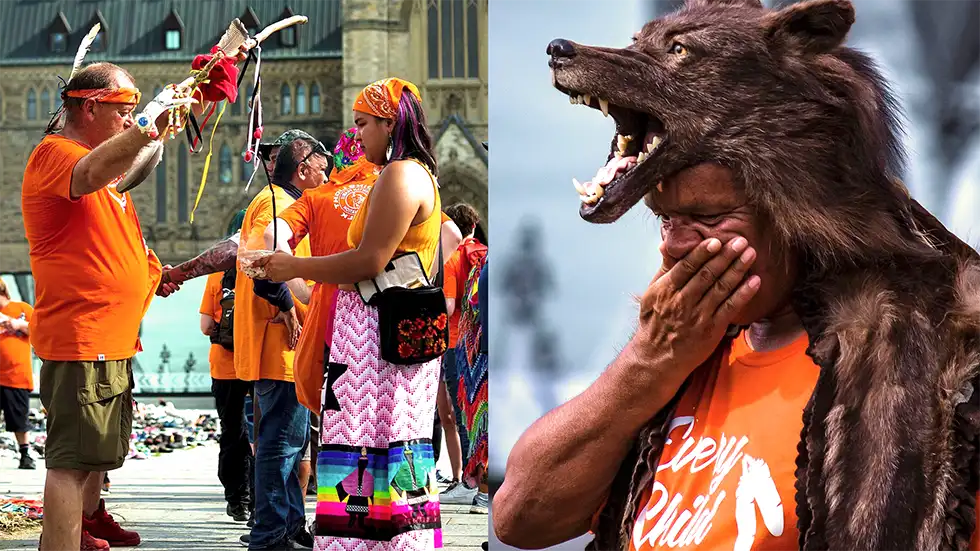
The Efforts of Indigenous Communities to Preserve Their Cultures
Canada's Indigenous people have a rich history of oral traditions, storytelling, and cultural practices passed down through generations. However, colonialism and the imposition of residential schools disrupted many of these traditions. Today, efforts to revive Indigenous languages and practices are at the forefront of preserving the identity of Canada's native Indian tribes.
Several initiatives by the Indigenous people of Canada aim to safeguard their languages, many of which are at risk of extinction. Community-driven language programs have been established in various regions to teach and revitalize the languages spoken by Indigenous Canadians. For example, in British Columbia, home to many native Canadians, initiatives like the First Peoples' Cultural Council focus on language documentation and community teaching. Another way of celebrating Indigenous culture is holding festivals; the most fantastic Canadian festival is the Caribbean Carnival.
In addition to language revitalization, traditional practices such as Indigenous art, dance, and ceremonies are being revived by the people of Canada. Indigenous groups hold cultural gatherings and powwows that not only celebrate their heritage but also educate younger generations about their history. The resurgence of traditional crafts, such as beadwork and weaving, further illustrates the commitment of Aboriginal people in Canada to preserving their cultures for future generations.
Cyrus Crafts; Luxury & Unique Products
If you are interested in knowing more about Canada's multiculturalism, here is an article about "Different Cultures in Canada."
The Role of Contemporary Indigenous Artists in Reshaping Canadian Identity
While traditional practices remain central to the Indigenous culture revival, contemporary Indigenous artists, musicians, and filmmakers are playing an essential role in reshaping the narrative of Canadian identity. For years, the portrayal of Canadian Indians in mainstream media was often inaccurate, if not absent. Today, Indigenous creatives are reclaiming their stories and offering a more authentic depiction of the Indigenous people in Canada.Artists such as Kent Monkman, a Cree visual artist, use their work to challenge colonial narratives and highlight the resilience of Indigenous Canadians. Monkman's provocative paintings and installations have gained international recognition for their reimagining of history from an Indigenous perspective.
In music, artists like A Tribe Called Red combine traditional Indigenous music with modern electronic beats, creating a fusion that celebrates their heritage while appealing to younger generations. This fusion has gained significant traction among Indigenous and non-Indigenous audiences, raising awareness of Indigenous cultures while breaking stereotypes about the Aboriginal people of Canada.
The rise of Indigenous filmmakers has also had a transformative impact on Canadian society. Directors like Jeff Barnaby, who is Mi'kmaq, have produced films that center on the experiences of Canada's Indigenous inhabitants, bringing stories of resilience, oppression, and survival to the forefront. These films are not just reshaping the Canadian Indian identity. Still, they are also sparking critical conversations around reconciliation and Indigenous sovereignty in the broader Canadian society.
The following images show some examples of aboriginal art in canada.
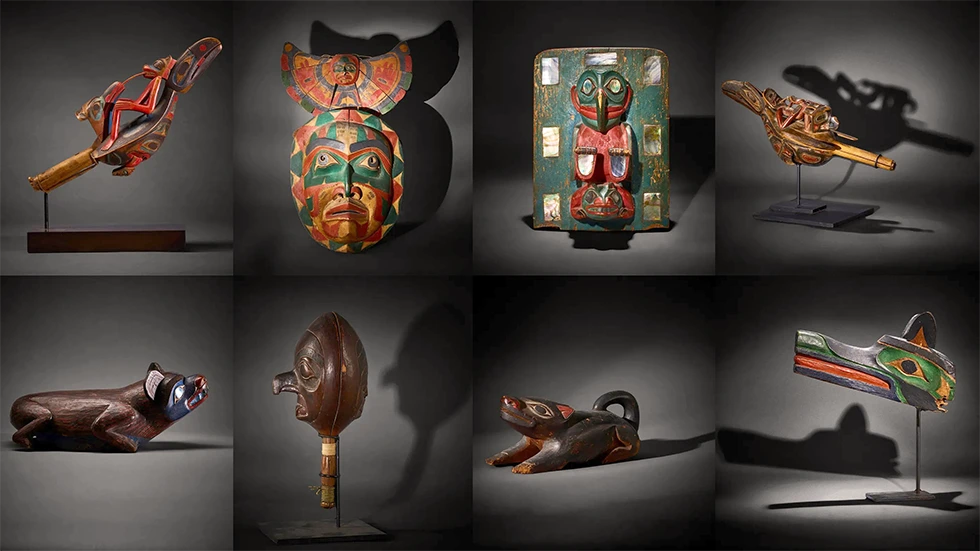
Canada's Commitments to Indigenous Cultural Revival
In recent years, both governmental and non-governmental organizations in Canada have recognized the importance of supporting Indigenous-led cultural revival. While much of the work is community-driven, federal initiatives, such as the Truth and Reconciliation Commission (TRC), have acknowledged the injustices faced by the native Canadians and provided recommendations for healing and restoration.
One of the TRC's calls to action was for greater support in preserving Indigenous languages and promoting cultural competency within the broader Canadian society. It is evident in initiatives like National Indigenous Peoples Day, which is celebrated on June 21 and honors the contributions and cultures of the Indigenous people of Canada.
Moreover, there are increasing efforts to incorporate Indigenous knowledge and practices into various sectors, including education and healthcare. Universities across Canada are offering more programs focused on Indigenous studies, ensuring that future generations have a deeper understanding of the contributions and challenges of Canada's Indigenous people.
Do you know the different customs in Canada? If you are interested in traditions and ceremonies, here is an article about "Wonderful Canada Traditions."
The National Association of Friendship Centres of Canada
The National Association of Friendship Centres (NAFC) is a non-profit organization in Canada that supports and advocates for the over 100 Friendship Centres nationwide. These centers serve as community hubs for Indigenous people, particularly those living in urban areas, providing services such as education, employment assistance, cultural programming, and health support. The NAFC helps coordinate these centers' efforts, ensuring they address the unique needs of Indigenous Canadians while promoting cultural preservation, community development, and social inclusion. Founded in 1972, the NAFC plays a crucial role in supporting Indigenous peoples' transition to urban life while maintaining strong ties to their cultural heritage.
Greg McLean, a conservative member of Parliament for Calgary Centre, has posted the following pictures with this description: "I participated in a Caucus roundtable with the National Association of Friendship Centres. The NAFC is a network of 100 Friendship Centres and 6-member Provincial and Territorial Associations from coast-to-coast-to-coast. Friendship Centres are Canada's most significant urban Indigenous civil society network and service delivery infrastructure. They are the primary providers of culturally relevant programs for Indigenous people living in urban environments. It was a very interesting presentation from the group and I appreciate them taking the time."
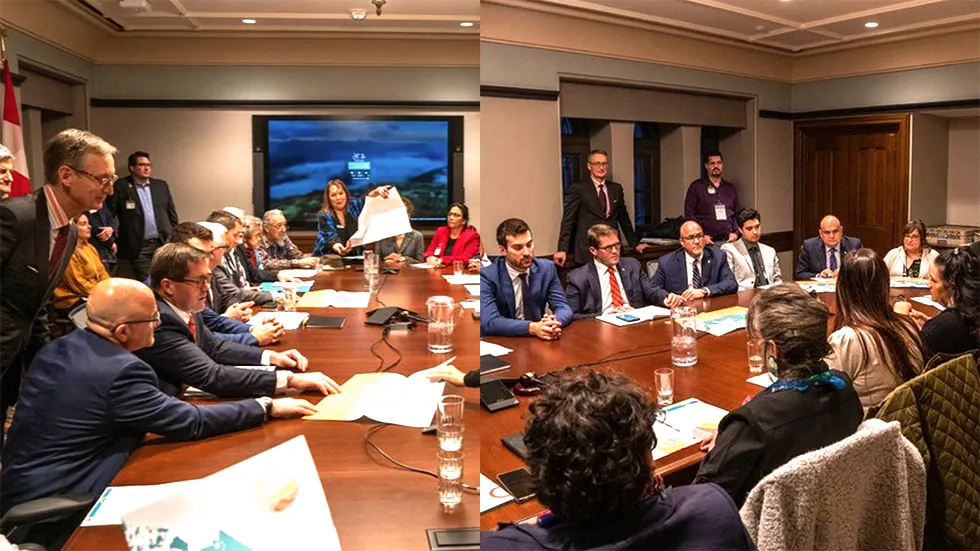
A Review of the Revival of Indigenous Culture in Canada by CyrusCrafts
The revival of Indigenous culture in Canada represents a significant step towards reclaiming identity, heritage, and sovereignty for the Indigenous people in Canada. From the revitalization of endangered languages to the impactful work of contemporary Indigenous artists, the Aboriginal people in Canada are not only preserving their past but actively reshaping the future of Canadian identity.
As the efforts of Indigenous communities continue to grow, the hope is that Canada's native Indian tribes will not only be seen as a part of history but as vital contributors to the nation's evolving cultural landscape. This resurgence affirms the resilience and strength of Canada's Indigenous people. It sets the foundation for a more inclusive and equitable future for all Canadians.
CyrusCrafts, the international online market of luxurious and unique goods, offers handmade items rooted in nations' heritages. For example, here are handwoven Persian rugs, wooden carved sofas, conceptual art pieces, and one-of-a-kind decorative items, clothes, and accessories. To order any of these products, you should only fill out their order forms or send us a WhatsApp message by clicking the icon. If you have any questions or ideas, let us know, and guide you by leaving a comment.








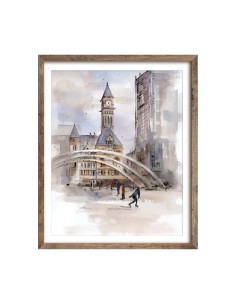

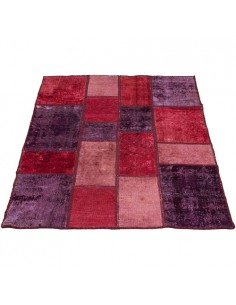

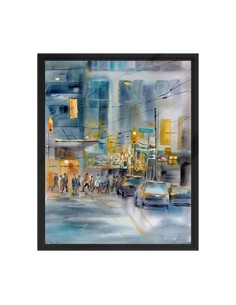

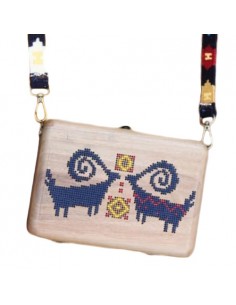

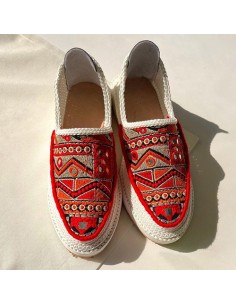

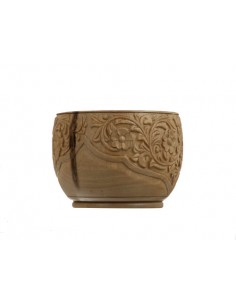

Comments (1)